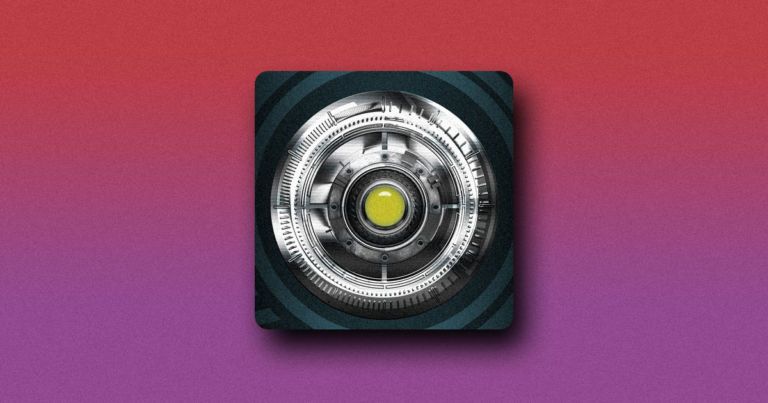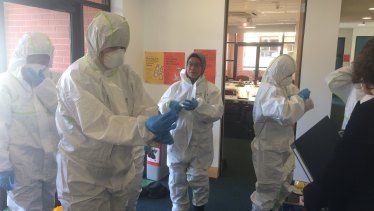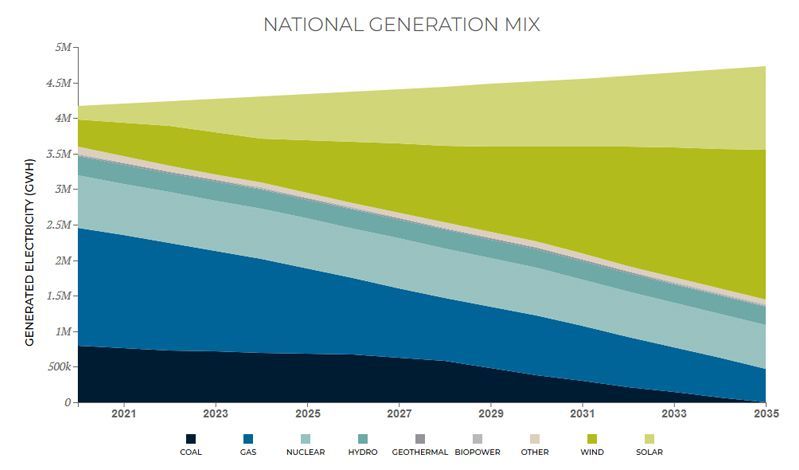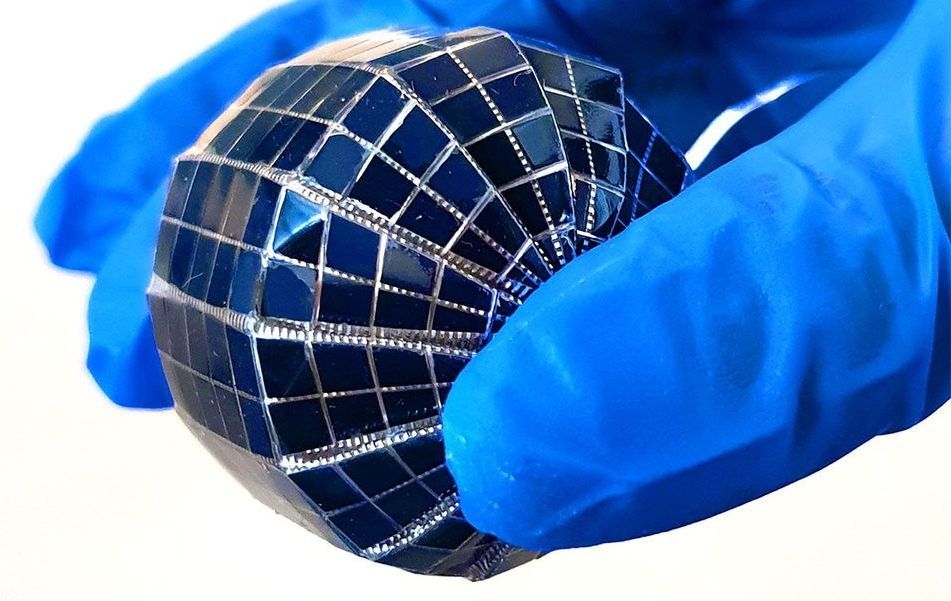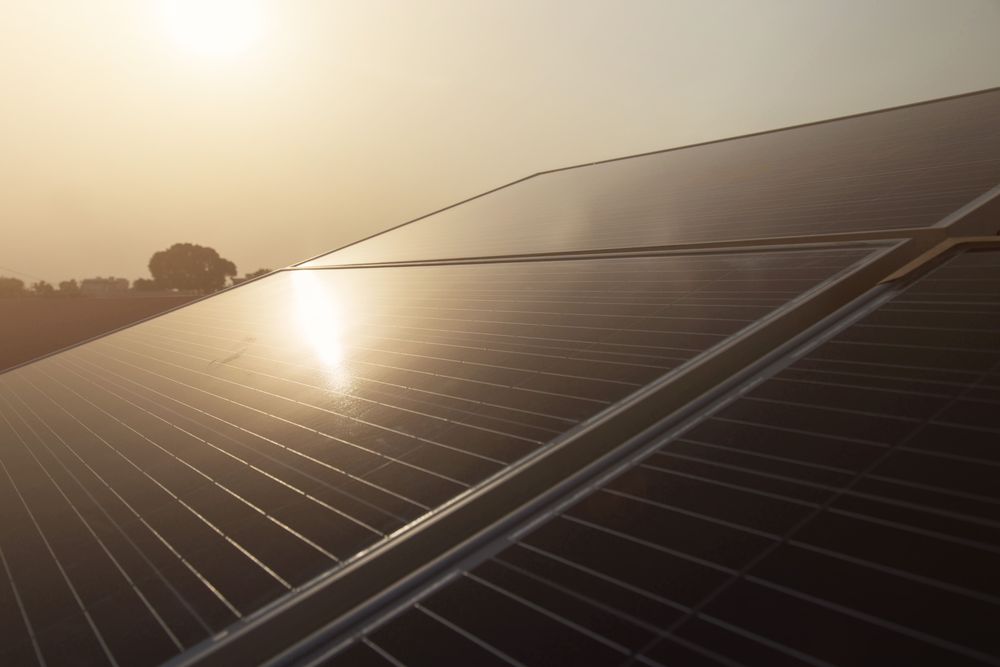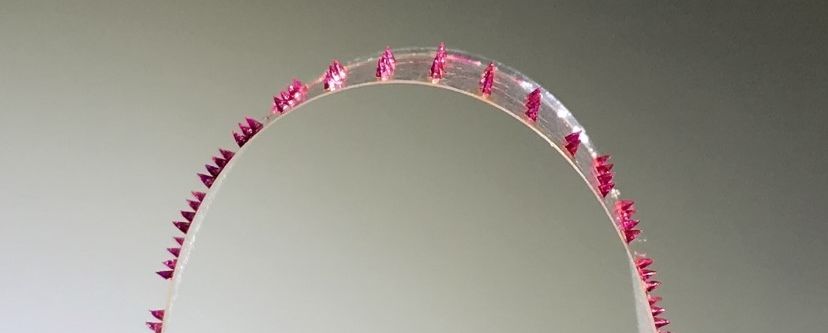Jun 10, 2020
IBM Director: Get Ready For Quantum Computing App Stores
Posted by Quinn Sena in categories: computing, quantum physics, robotics/AI
Plug And Play
The underlying mechanics of a quantum computer won’t be any less difficult to comprehend under Gil’s vision of the future. But, he argues, it won’t matter because programming quantum computing software would become far more automated along the way.
“You’ll simply have to write a line of code in any programming language you work with,” Gil wrote, “and the system will match it with the circuit in the library and the right quantum computer.”
